Interactive Tables and Charts
Data Infrastructure
Cumulative spacecraft on orbit, 1957-2023
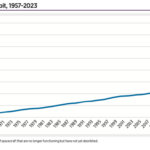
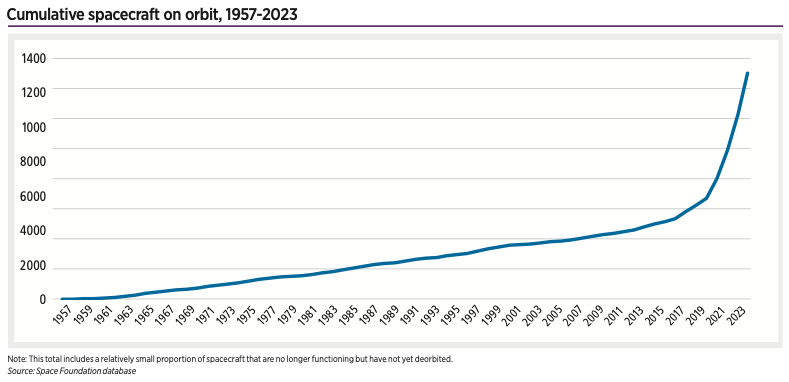
Federal agencies in 2014 estimated by 2022 as many as 43 commercial satellites a year would head to orbit. Instead, more than 50 times . . .
Space insurance industry estimates, 2003-2022
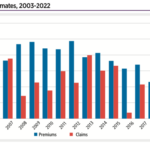
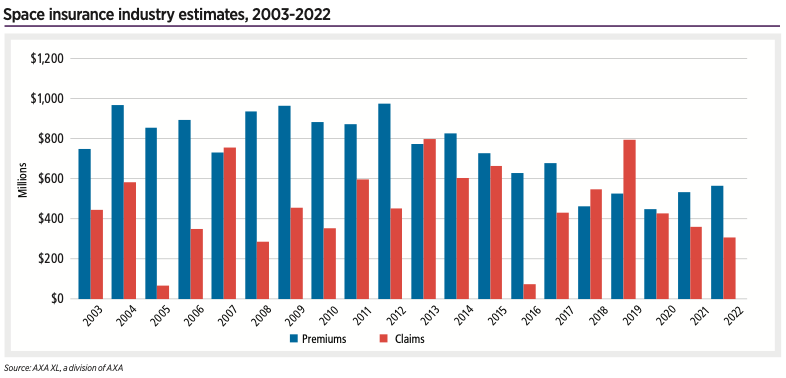
As satellites get smaller and cheaper and companies pivot to building LEO constellations rather than purchasing single large satellites for GEO orbit, many operators are foregoing insurance after launch altogether.
Astronauts by private sector
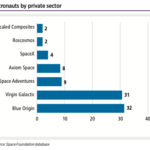
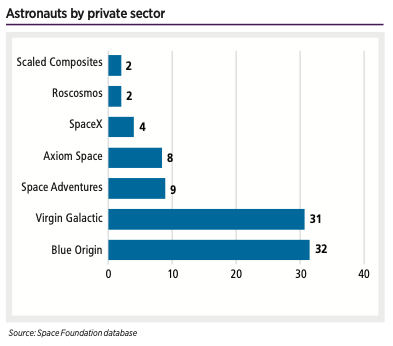
As of mid-March, 685 astronauts have reached at least 80 kilometers above the Earth’s surface. This total includes 86 private astronauts, 22 times as many as there were two decades ago.
January, February launches 2022-2024
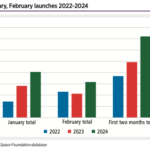
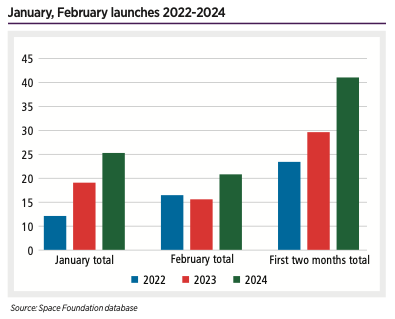
The first two months of 2024 saw an incredible pace of launches. The record set in 2023 could topple if two players alone make their goals.
Spacecraft deployed by payload type, 2021-2023
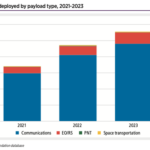
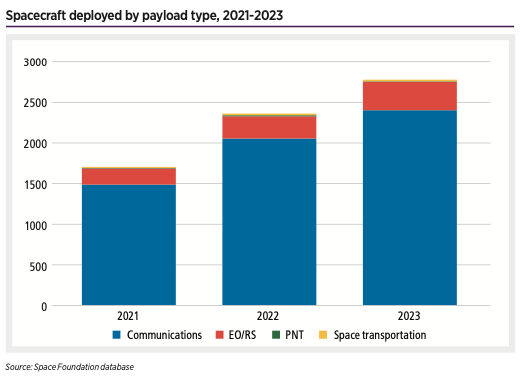
Commercial satellites accounted for 90% of space-craft launched in 2023, with communications satellite constellations leading the pack.
Vandenberg customer mission share 2014–2023
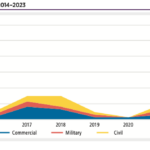
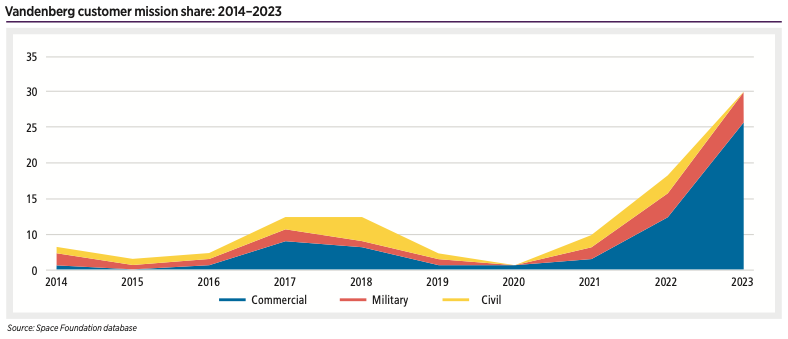
No single mission segment dominated the base’s launches until 2022, when 10 of 16 Vandenberg launches delivered commercial payloads to space.
Cumulative human spaceflight, 1961–March 18, 2024
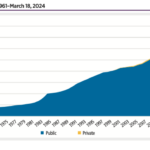
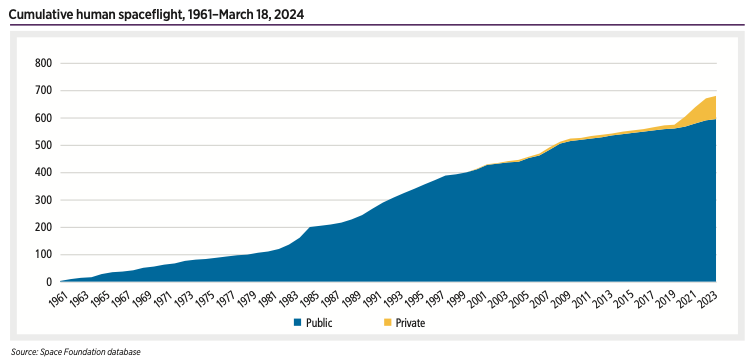
Human spaceflight activity is off to a rapid pace in 2024 with a private Axiom mission, a public ISS mission, and a private Virgin Galactic mission taking flight in the first nine weeks of the year.
Vandenberg customer mission share 2014–2023
Annual launch attempts, 2022, 2023, 2024 projection
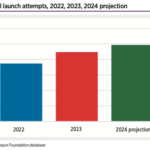

The pace is expected to quicken, with a dozen more new launch vehicles preparing for flight.
Lunar soft landing attempts


Unlike the failures that plagued early lunar missions, which included launch failures, missing the Moon, or crashing, recent lunar landings are more often quashed by software errors.